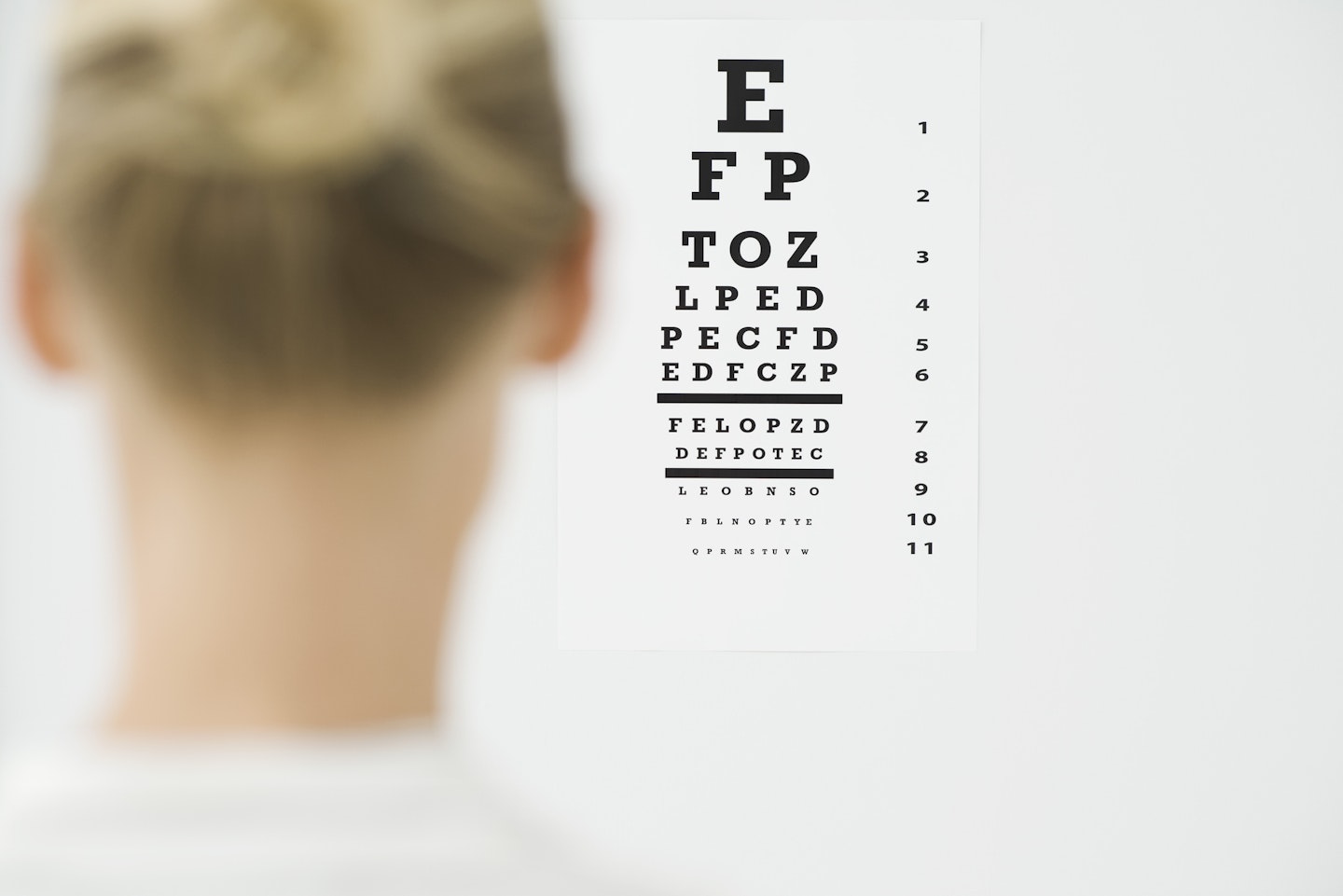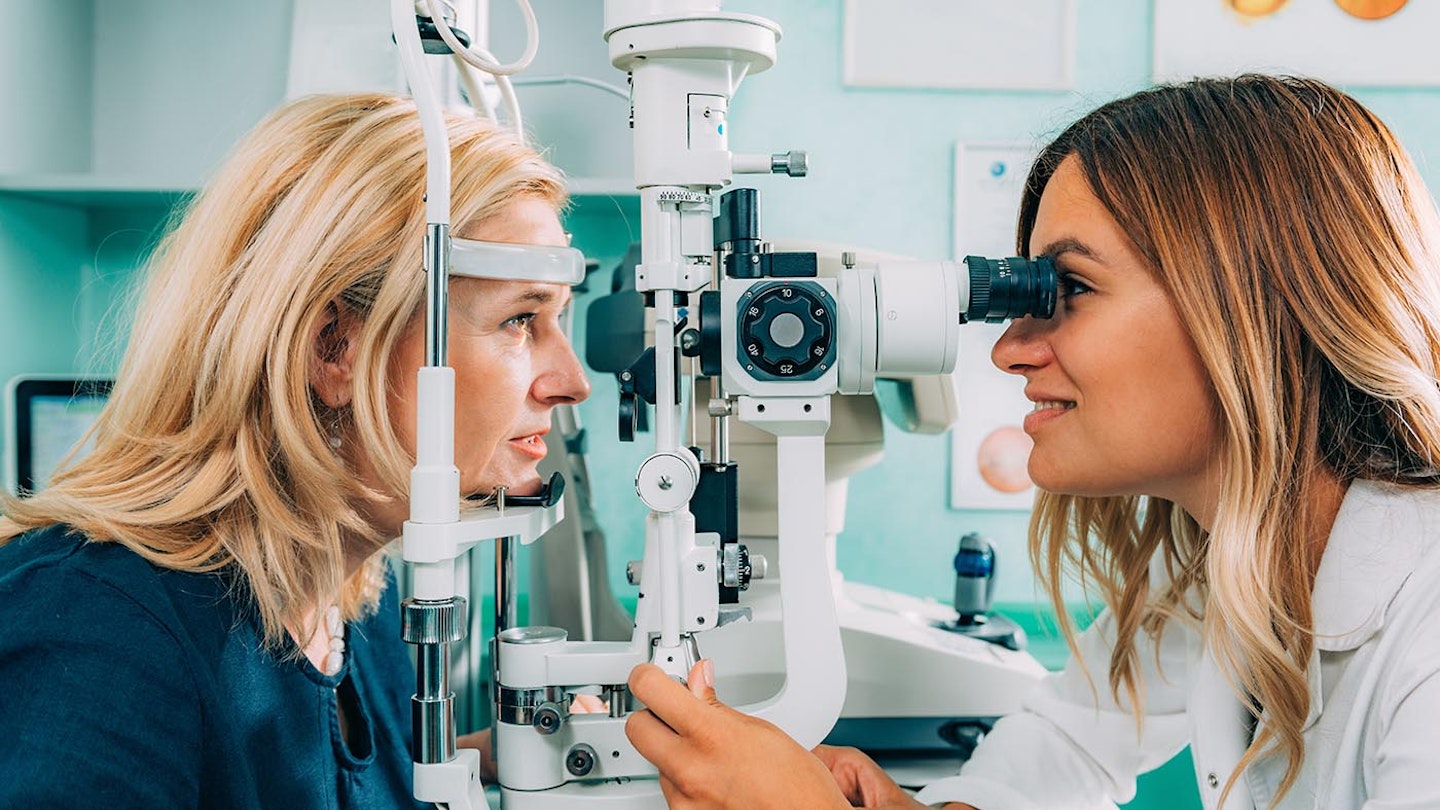It’s important to take care of your eyes, but did you know 27 per cent of UK adults don’t get their eyes checked? That’s around 14 million people! We’re all guilty of letting certain health checkups slip, like getting our teeth checked, and our eyes are one of them too. While glasses can be quite pricey, an eye test isn't and is worth getting to make sure you have any underlying health conditions.
Here's everything you need to know about how much an eye test is, including how to book one and what to expect during your eye examination.
How much is an eye test
Lots of eye tests start at £25, however if you fall into any of these categories, you may be entitled to a free eye test on the NHS.
A kids eye test is also free via the NHS if they're under the age of 16, or are under the age of 19 and in full time education.
How to book an eye test
There’s lots of opticians you can book your eye test through, such as Vision Express, Specsavers and Boots. Booking an eye test with either of these companies is really simple and requires you to pop in your postcode; your nearest opticians will be brought up and you’ll then need to select a date and time slot that both you and the optometrist are available.
The NHS recommends getting your eyes tested every two years, as it can help to detect underlying health problems, although if you have any concern about your eyes you should definitely book one sooner. If you’re scratching your head trying to remember when you last had your eyes looked at, don’t worry, as scheduling an appointment is easy and you may even be entitled to a free one.
What happens at an eye test

This depends what type of eye test you go for. A standard adult eye test can last between 20 to 25 minutes and will include an eye health screening, a sight test and then a chat with your optometrist about any recommendations they have for you. Here’s a breakdown by Specsavers of what you can expect:
• Retinoscopy test - this test will look at how well your eyes focus, helping your optician to determine whether you’re either long or short sighted.
• Snellen test - this is where you’ll be asked to read letters from a board on the wall. A pair of (not so attractive) glasses are usually also popped on and the aim if this test is to measure your visual activity.
• Ophthalmoscope - the optometrist will use a small special torch to look at the health of the retina (the layer of cells lining the back wall of the inside the eye), blood vessels and optic nerve.
• Slit lamp test - this is a microscope used to check the front of your eyes. This part of the eye test is especially important if you wear contact lenses.
• Visual field check - this test is used to detect early signs of glaucoma (where your optic nerve, connecting the eye to the brain becomes damaged), or any other health issues. It’s how an optometrist measures how much vision you have in either eye and how much vision may have been lost.
Your opticians may also offer an OCT (Optical Coherence Tomography) scan for an additional charge. This is a 3D eye scan that will look at your eyes in greater detail. It can detect any health related issues a lot quicker than a standard eye test. The scan is painless and only takes a few seconds.
